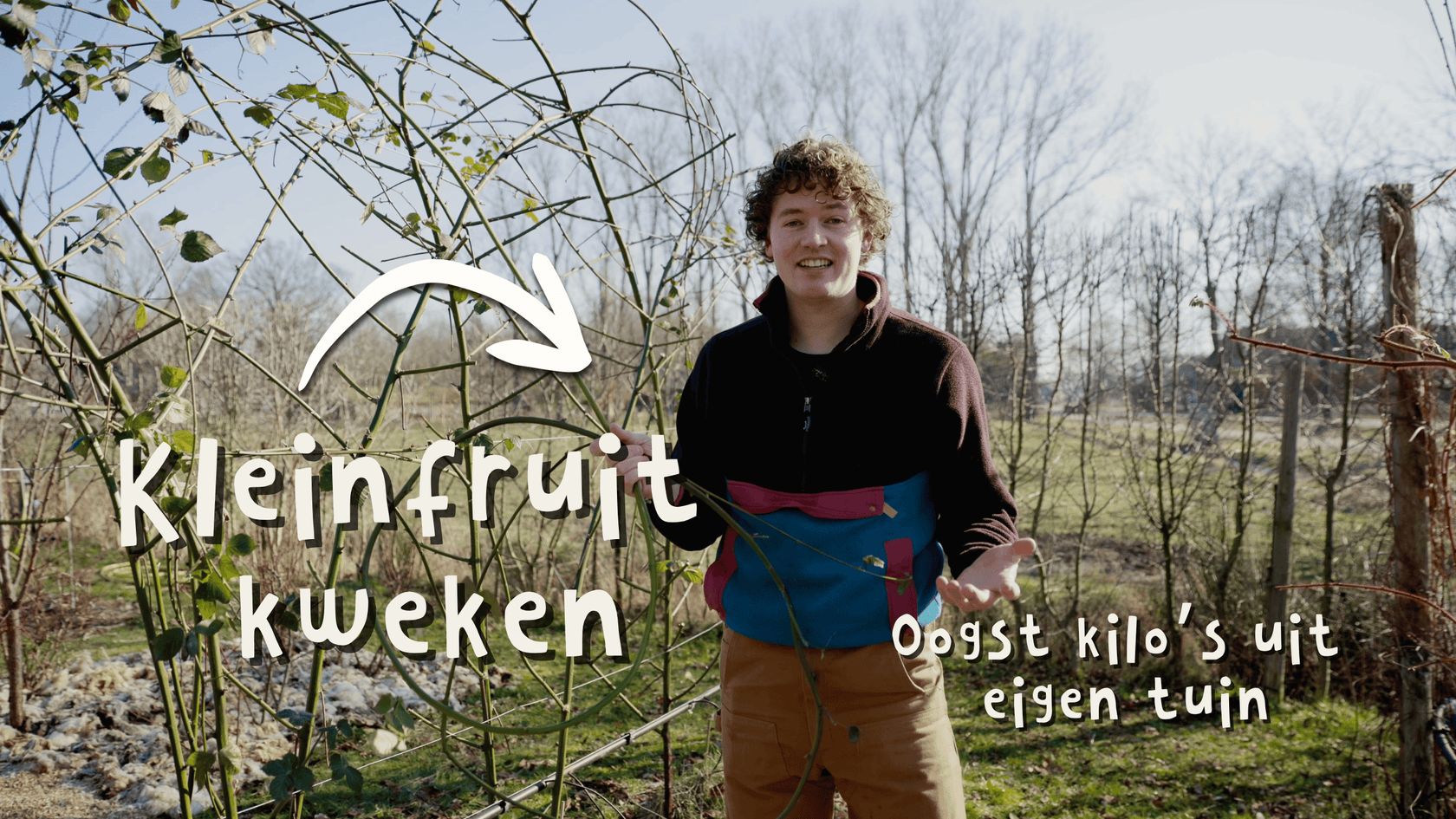General information about the Cabernet Sauvignon vine variety :
This noble grape variety should not be missing from any wine list or in any wine-growing country in the world. Of the 200,000 hectares planted worldwide, more than a quarter (55,000 hectares) are located in French growing areas, especially in the stronghold of Bordeaux, and in almost all growing countries in Europe. In addition, Cabernet Sauvignon is strongly represented in the New World and is only surpassed by Merlot in terms of cultivated area. According to a DNA analysis from 1997, the grape variety goes back to a cross between Cabernet Franc and Sauvignon Blanc. The part of the name Sauvignon is derived from the French “sauvage”, which means “wild”, and refers to the direct descent from wild vines that was assumed in the past. The Institute of Viticulture at the Geisenheim Research Institute is the only registered breeder of this variety in Germany. During the long ripening period, the small berries concentrate a unique aroma and tannin reservoir for deep dark wines with great development potential.
Grape :
The long, shouldered grapes are small to medium sized. The small, round, black berries have firm flesh, a typical waxy layer and a thick, hard berry skin. In the mouth, the grapes are reminiscent of violets and rowan berries and show an astringent tannin ripeness.
Wine :
Vinified as a single variety (without additional grape varieties), it shows a clearly recognizable aroma of blackcurrant, green pepper, black pepper, as well as cedar and clove, and an extraordinary deep red color that shimmers towards violet. Depending on the vintage and the ripeness of the bottle, the pronounced tannin structure appears young, rough and somewhat gruff, but with increasing ripeness the tannins become softer and velvety. Cabernet Sauvignon has a great ageing capacity and is suitable for long maturation in barrique or wooden barrels.
Growing advice for Cabernet Sauvignon vine :
On the light gravel, quartz and coarse sandy soils of the Médoc and Graves, the variety is harvested as one of the late varieties. In years with late and wet autumn weather or on heavy soils, full ripeness is difficult to achieve. Excellent qualities were achieved on lean dry soils, when low-growing rootstocks and short pruning were also used. In our Low Countries, a challenge to get ripe.
Preparation of Cabernet Sauvignon vine :
Put your vine in a bucket of water for 24 hours. This way it can suckle itself full again before planting out.
Ground preparation :
You can improve your soil with lava grit (if lime soil) or with bentonite and lava flour (if sandy soil).
Planting out a grapevine:
Make a hole with a diameter of 10 cm and +/- 30 cm deep with a ground drill or spade. And plant the vine with the graft just above the ground. The vine may come out of the ground between 5 and 10 cm. Plant your vines between May 1 and May 15 and leave 1 meter between the plants and 1.5 to 1.8 meters between the rows.
https://www.youtube.com/watch?v=oZt4llTGnVw&t=299s






